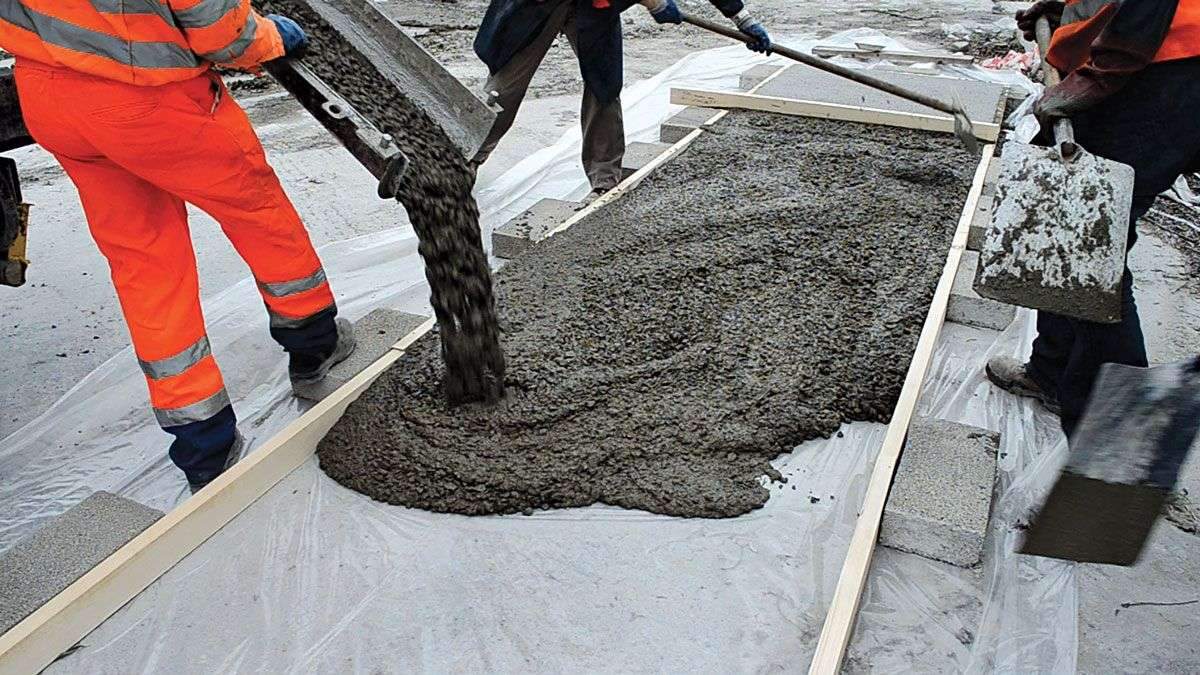The voice of women in Chinese architecture
Women’s studies officially began in China in the early 1980s.
Women woke up and began to take on larger roles in society as it grew.
Women had worked as architects for a century,
but it was not until the 1920s that Lin Huiyin was recognized as the country’s
first female architect due to the late development of the profession in China.
But nowadays, more and more female architects are occupying crucial positions.
Women’s voice in architecture includes a sense of awareness
within traditionally male-dominated design rather than being restricted to female-dominated design.
Architecture involves an ethical theory founded on feminist research that emphasizes human feelings,
relationships, and mutual care.
By presenting the various aspects of thought resulting from gender differences from the feminine position and reflecting the aesthetic sense of women.
Many Chinese women architects have raised their voices throughout history and the present.
1. Diversity of aesthetic systems
In a longstanding patriarchal society, the rise of women architects liberated women’s aesthetic tendencies that had been repressed, neglected, and lethargic.
The aesthetic discipline of architecture is now more diverse due to the aesthetic differences between the sexes and their respective modes of thinking.
Zhang Jinqiu researched and implemented the revived architectural style known as “New Tang Style”
In the modern urban development of Xi’an, he built many distinctive structures that marked and defined the urban landscape of the city.
The artwork demonstrates three points of view: harmony and difference in architecture,
unification of the sky and man in the ocean, and harmonious architecture from a creative point of view.
Known as the Red Rock Mountain House, the bed and breakfast creates a contemporary architectural style rooted in the neighborhood.
The building is specific to the local context thanks to the work of Peng Lele,
which shows respect for the environment in which it is located.
She constantly looks at building materials that are most appropriate and relevant to the ‘local’ context while designing.
Sometimes this link can be found in nature, other times it can be found in social history.
The Red Stone Hill House gives the impression of growing out of its surroundings thanks to the coarse red stone waste that was used in its construction.
2. Incoherent spatial activity
Women are more likely to sense and encounter targets in space than men.
And they prefer to stay, discover, meet and interact there, unlike males who prefer direct targeting through space.
Through a human approach, people feel more at home in the structure because it emphasizes the importance of space for communication and human feelings.
By linking the various activities that take place around the pond in one enclosed space –
Arriving, waiting, registering, crossing the pond, collecting steps, handing in a certificate,
meeting waiting family and friends – the project aims to create an experience out of the schedule.
The design creates a rich space by using a cornice to connect other elements to the site.
Including trees, fish ponds and other natural elements, in an intertwined and natural way.
3. Overall impression with textures and details
In addition, the design consistently demonstrates the architecture’s distinctive craftsmanship.
Seeking romantic and sensual activities, sensing mood changes resulting from changes in the physical environment, therefore,
Female thought directs the creation of the most private and wonderful settings,
connecting with the emotional experience of human beings,
Through the use of color and the manipulation of light to produce the highest-quality works.
For more architectural news










